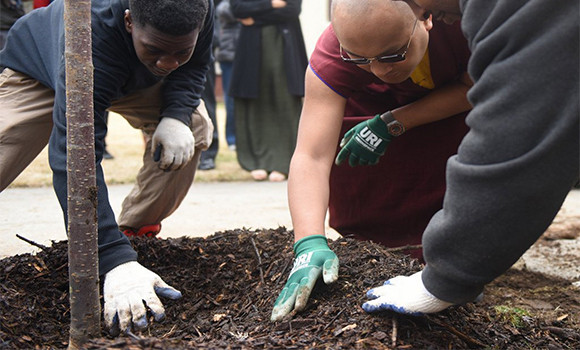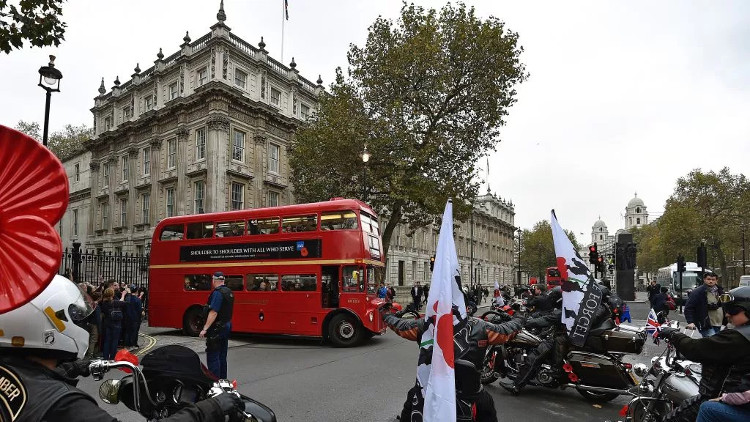Announcing controversy: Planting trees can make cities more polluted?
A medical surveillance agency in the UK has just issued a controversial statement: Contrary to popular belief, cities in cities can make air quality worse.
According to the National Institutes of Health (NICE), the air quality in areas where many leaves are falling is at the level of the road surface, where vehicles emit countless emissions.
According to NICE: "The trees on the street seem to be ineffective in reducing air pollution and even in some cases make the situation worse. Leaves and branches slow down the flow of air, causing contaminants cannot escape ".

Trees in cities can make air quality worse.
A 2012 study conducted by Belgian scientists also modeled many examples of roadside trees in real life to see if they improved air quality or increased pollution levels. And they also concluded that trees in the streets could reduce air circulation.
The Royal College of Health and Pediatrics has called for stronger sanctions against polluters, monitoring and reporting more effectively on harmful air pollutants, and better personal measures such as switching to public transport or bicycles, better awareness of cigarette smoke, nitodioxite from household gas stoves and solvents from plastic and paint.

Trees on the streets can reduce the ability of air circulation.
It is clear that the plant is able to absorb ozone, dust and other pollutants into the leaves from the atmosphere we breathe. In the UK, the amount of green space has been significantly reduced as parks are closed because of high maintenance fees. According to research by Leicester University, from 2006 to 2012, more than 200 km 2 of green space has been removed to make room for artificial spaces, mainly houses.
But the solution is not simply planting new trees everywhere. On the one hand, not all plants are the same . For example, the pungency in some plants such as cedar, eucalyptus or pine is a combination of volatile organic compounds. When these compounds interact with nitodioxite in the exhaust of vehicles, with sunlight as catalysts, they will create ozone gas. And on the bottom floor close to the ground, this concentration is enough to cause heart disease in humans.

Not all plants are the same.
In 2015, New York City implemented an initiative called "TreeCount ", of which 2,300 volunteers mapped every tree in the city. Each tree is assigned a unique ID, and a color code to represent its species.
This project is still ongoing and records the exact location of each tree associated with its image on Google Street View. Then, using data from the US Forest Protection Department, the total ecological benefits that a tree brings - keeping rainwater, conserving electricity, reducing air pollution - will be calculated in detail how much USD .
It is also a way to monitor effective plants and less effective plants. If other cities can adopt similar measures to manage their green space, they can certainly reduce the cost of planting annual crops.
- Planting trees by unmanned aircraft
- Techniques for growing avocado trees
- India grows 50 million trees in just one day
- The most heavily polluted cities
- Growing clean vegetables in weightless conditions
- NASA will plant trees on the moon
- Scientific reports instructing how many trees to plant are enough to save the Earth
- World record: Planting 66 million trees within 12 hours
- Planting 3,500 trees to protect the environment in Hai Phong
- Techniques to plant and care for ornamental figs
- Techniques for growing papaya trees are fruitless all year round, with few pests and diseases
- The soil on Mars and the Moon can grow trees
 Why do potatoes have eyes?
Why do potatoes have eyes? 'Tragedy' the world's largest carnivorous life: Death becomes ... public toilet
'Tragedy' the world's largest carnivorous life: Death becomes ... public toilet Tomatoes were once considered 'poisonous' for 200 years
Tomatoes were once considered 'poisonous' for 200 years Detecting microscopic parasites on human face
Detecting microscopic parasites on human face